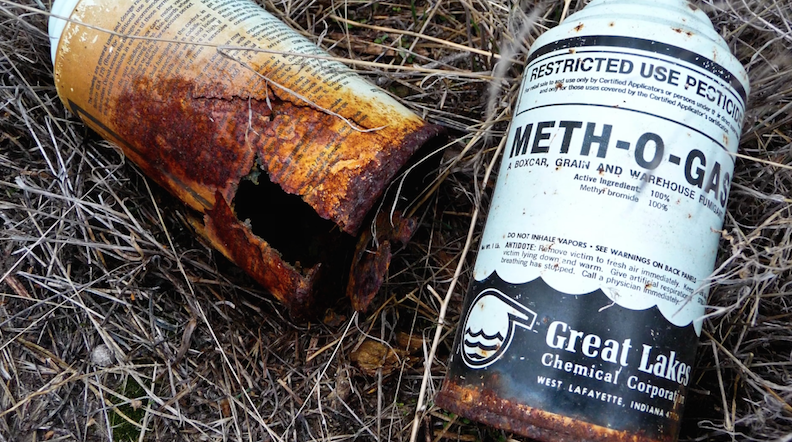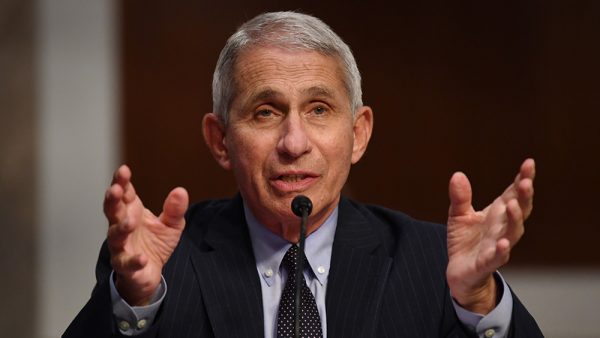 Parler
Parler Gab
Gab
No-cash bail creates LESS equity, not more of it
Prior to the no-cash bail provision being implemented, all felonies in Illinois were potentially detainable by a judge. Now, low-level "Class 4" felonies such as criminal damage to property are non-detainable. Proponents of no-cash bail say that their only goal is to keep "nonviolent" offenders out of jail before trial, but as explained by Wirepoints, this is a myth. "[There's an] important reality that progressives working to ease up on supposedly nonviolent crimes don't seem to appreciate: even 'minor' offenses like retail theft, open-air drug use, and smoking on subway platforms are frequently backed by a threat of violence," explains City Journal's Rafael Mangual about what he calls the myth of "nonviolent crime." "[W]hat progressives seem not to understand is that 'minor offenses' are often manifestations of the broadly antisocial dispositions of individuals who likely have a much greater propensity for violence than the law-abiding." While this is certainly based on Mangual's opinion and personal assessment of the situation, he does make a great point about the general disposition of people who are willing to steal, though his statements about someone smoking on a subway platform could be seen as a bit of a stretch. Another problem with no-cash bail is that judges in Illinois will now have less discretion than they previously did. "Before the end of cash bail, Illinois had a three-pronged pre-trial hearing system where a judge could (1) detain a defendant due to a 'threat to the community,' (2) release the defendant on his own recognizance, or (3) a middle ground option requiring a defendant to post cash bail," Wirepoints explains. "The middle ground is key. It let a judge release a defendant prior to trial while imposing a financial incentive to ensure good behavior – whether it was the defendant paying or somebody else posting bail. Without cash bail and the control it grants, judges no longer have such middle ground ... But that's precisely where the new law leaves judges today: just two options: (1) detain or (2) release. Discretion is gone." Ironically, the loss of bail is also a direct threat to the "equity" that proponents of implementing no-cash bail claim they are trying to establish. Now, judges can decide to err on the side of caution and detain "on-the-fence" defendants who otherwise could have been set free before trial on cash bail – meaning more minority defendants locked up, since many of them are poor. Then there are the potentially violent defendants who, without cash bail, suddenly have no financial incentive to behave before trial, which increases the risk to the general public. "And by general public, we mean minorities. They are the overwhelming victims of crime. Over 95 percent of homicides in Chicago are inflicted on minorities: 80 percent Black and 15 percent Hispanic victims ... For overall violent crimes, Black and Hispanic minorities are the victims 80 percent of the time." America is quickly becoming a lawless, failed state. Learn more at Collapse.news. Sources for this article include: Wirepoints.org NaturalNews.comOhio authorities alarmed by soaring number of MISSING CHILDREN
By Richard Brown // Share
New evidence just surfaced linking Dr. Fauci directly to the Deep State
By News Editors // Share
Governments continue to obscure COVID-19 vaccine data amid rising concerns over excess deaths
By patricklewis // Share
Tech giant Microsoft backs EXTINCTION with its support of carbon capture programs
By ramontomeydw // Share
Germany to resume arms exports to Israel despite repeated ceasefire violations
By isabelle // Share










